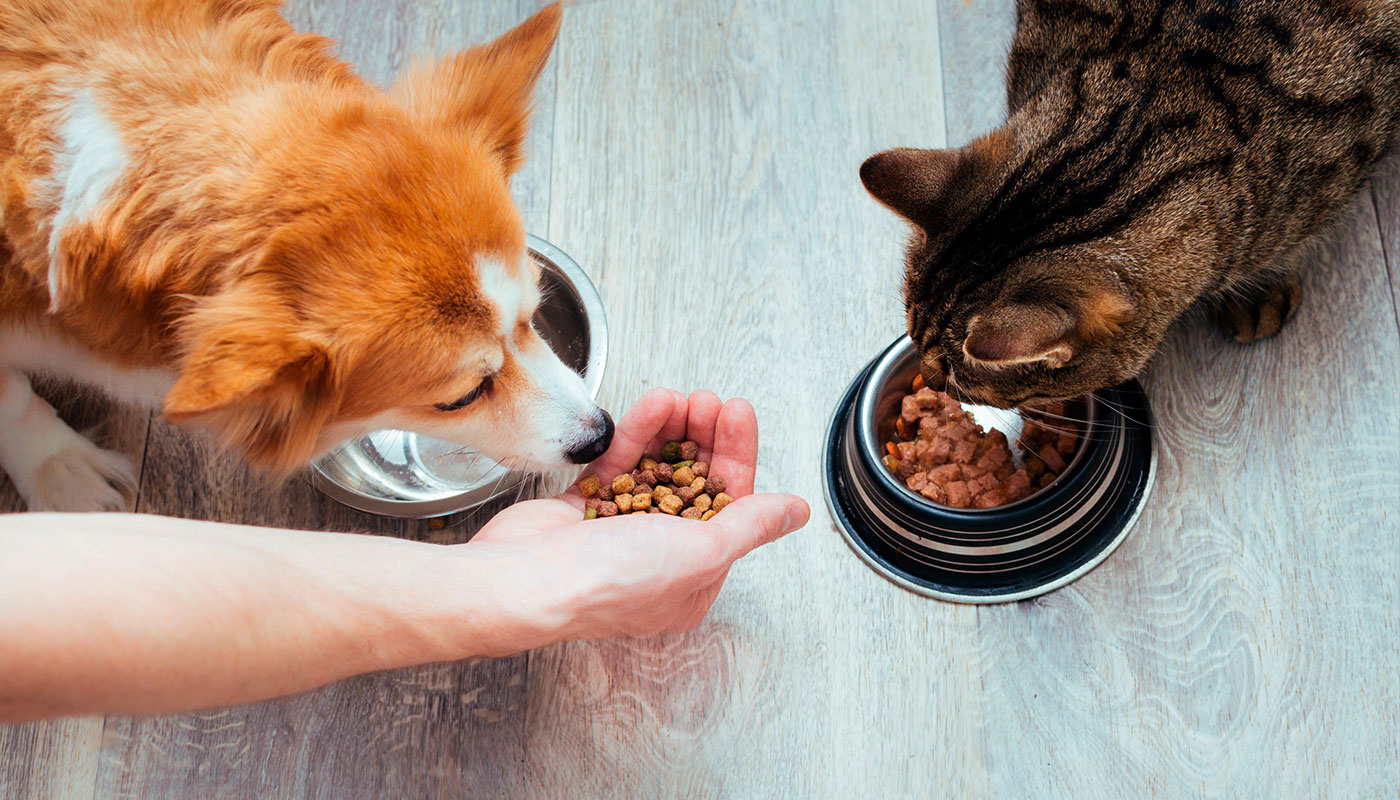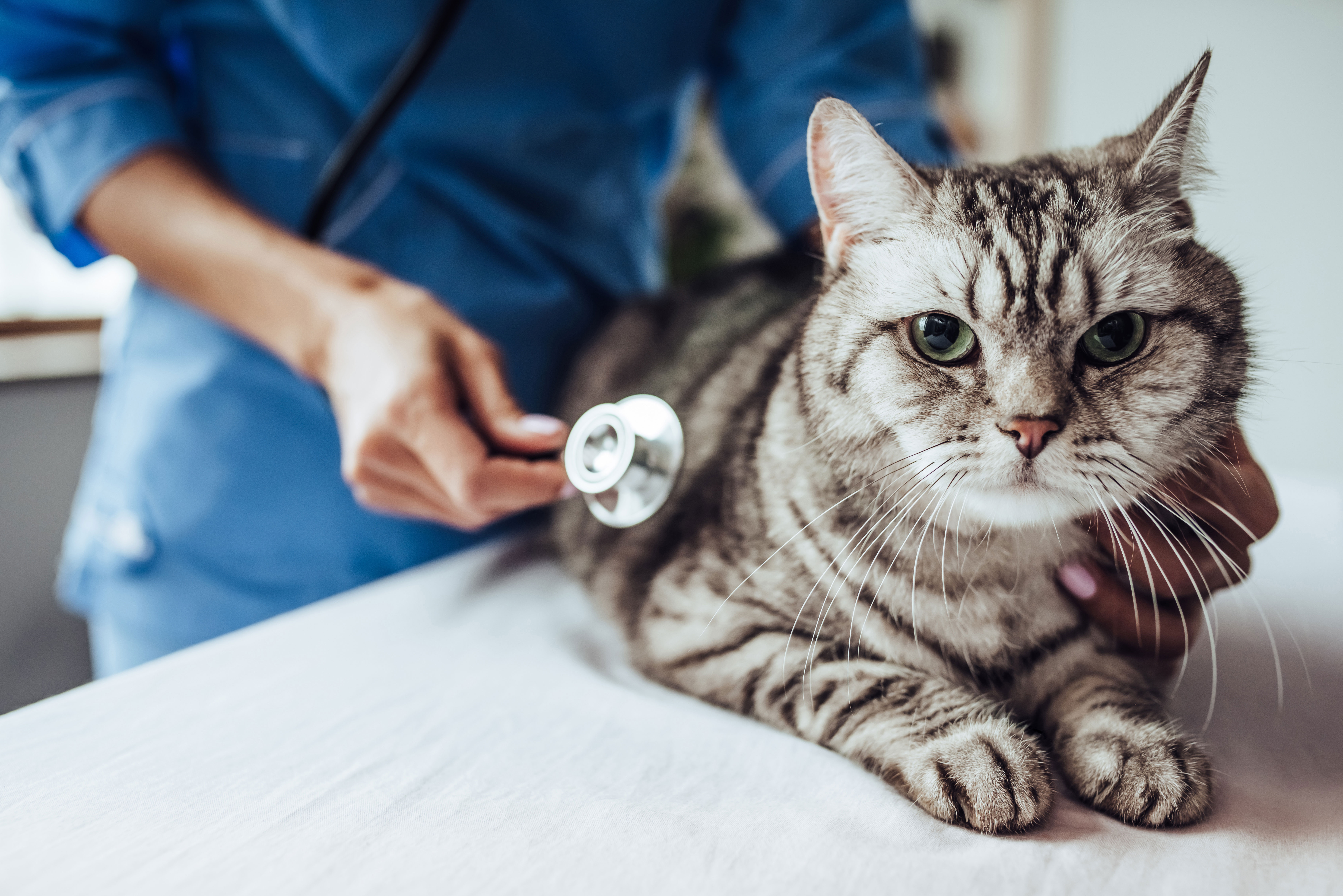How much does it cost to keep a dog or cat?
Do you know how much it costs to keep a pet from one month to another? Here we explain what you need to keep a dog, cat or other animal.
pets
Share

Animals always bring joy to homes, but also obligations and care that involves an economic cost. A dog can live for an average of 15 years and a cat can live for more than 20, so it is important to know how much it will cost us to keep them.
How much does it cost per year to keep a dog?
- Buying the animal: is the first expense. Responsible adoption is a good choice which, in addition to saving a life, is affordable, because we only have to pay the welfare association the costs incurred by the animal, which usually include the microchip, first injections, first internal parasite treatment and sterilisation. The price of adoption depends on the welfare association, but is usually around 170 euros. For those who prefer to buy, there are professional breeders and their price will depend on the breed and pedigree of the animal. In this case, prices can reach thousands of euros.
- Diet: good quality food can save us a lot of money on trips to the vets. There are many options: traditional food, food with natural ingredients, wet food and natural food, raw or cooked. The amount the dog needs to eat depends on their weight, daily activity and age. If in doubt, you should consult the vet. There are also natural treats and chews that help them to relieve stress through chewing. The price of food varies greatly depending on the quality and brand, but a mid-high range food can cost around 50 euros for a 12 kg bag.
- Trips to the vet: we should go to the vet for the compulsory rabies or heptavalent vaccines, and other optional ones such as the leishmania vaccine. Internal parasite treatment usually takes place every three months. For external parasite treatment, we have different options, such as collars that last for between 6 and 8 months, monthly pipettes, or monthly or quarterly tablets. We should also see the vet for routine check-ups for things like potential diseases or accidents. Vaccines usually cost around 50 euros; pipettes around 12 euros, and internal parasite treatment around 8 euros.
- Accessories for their wellbeing: these are one-off costs, such as their bed, blankets, collars and harnesses, leads, toys, carrier, seatbelt for the car or name tag. We should also have a first aid kit for our pets at home. Here the prices vary greatly, but we can find collars for 4 euros, beds from 10 euros and harnesses from 6 euros.
- Hygiene: we should have an appropriate shampoo for each animal and, where necessary, take them to the groomers. The price of a bath depends on the dog’s weight, but is usually around 15 euros for a dog weighing 15 kilogrammes.

How much does it cost to take a cat to the vet?
- Trips to the vet: they tend to be fewer with a cat than a dog because, since they don’t leave the house, they are less exposed to some diseases. But they do require vaccines, such as rabies and others, a microchip, parasite treatment and routine check-ups. The price of vaccines is usually around 30 euros.
- Accessories: for cats, environmental enrichment is vital, so if we want to keep them healthy, we should provide them with scratching posts, toys and other objects so they can enjoy a life which is similar to nature. They also need a bed. Scratching posts and towers for cats range in price from 18 to 50 euros.
- Diet: they should have high quality food and a water source. A 15 kg bag of mid/high range food costs around 60 euros.
What does a pet need to stay healthy?
In 1965, the World Organisation for Animal Health already announced the five freedoms of animal welfare, which are: Freedom from hunger, malnutrition and thirst; Freedom from fear and distress; Freedom from heat stress or physical discomfort; Freedom from pain, injury and disease; Freedom to express normal patterns of behaviour.
In addition to these five freedoms, love and respect of their family is also extremely important for pets, as well as for them to be understood and able to behave in line with their breed and that they have a balanced and happy family life.






